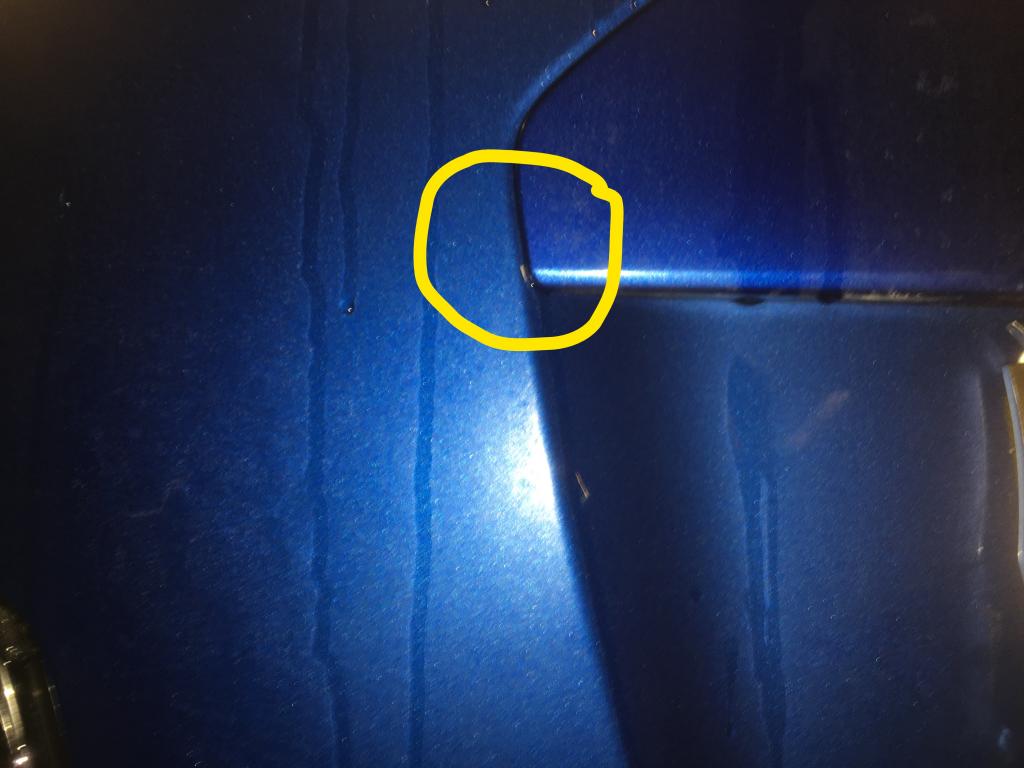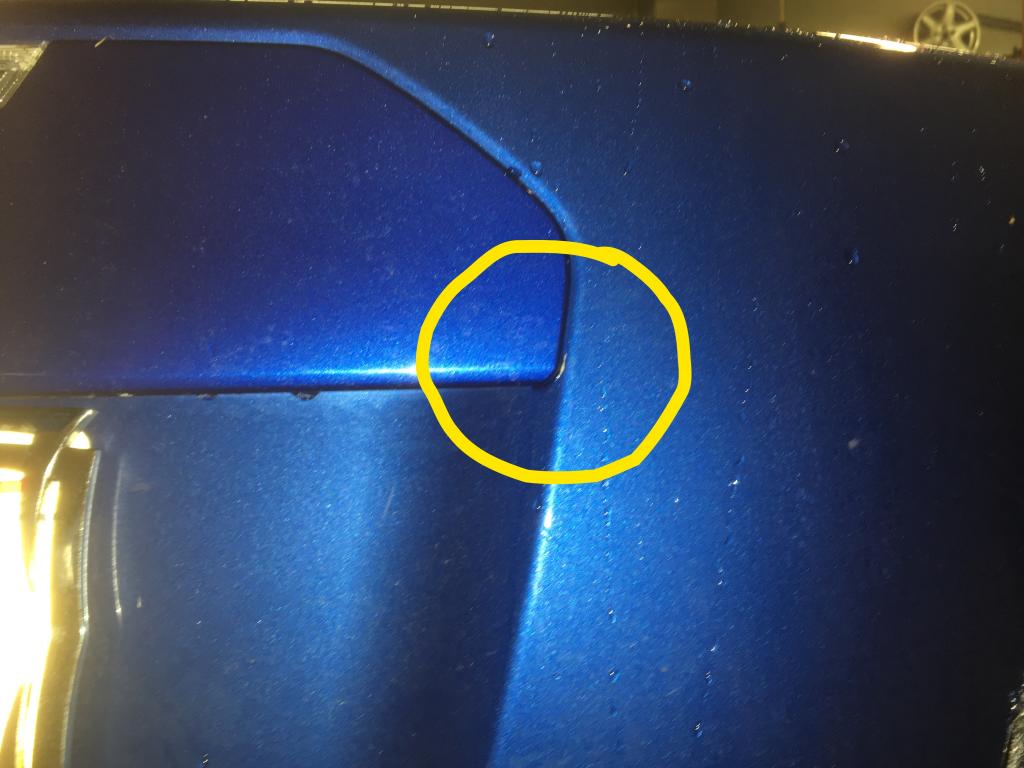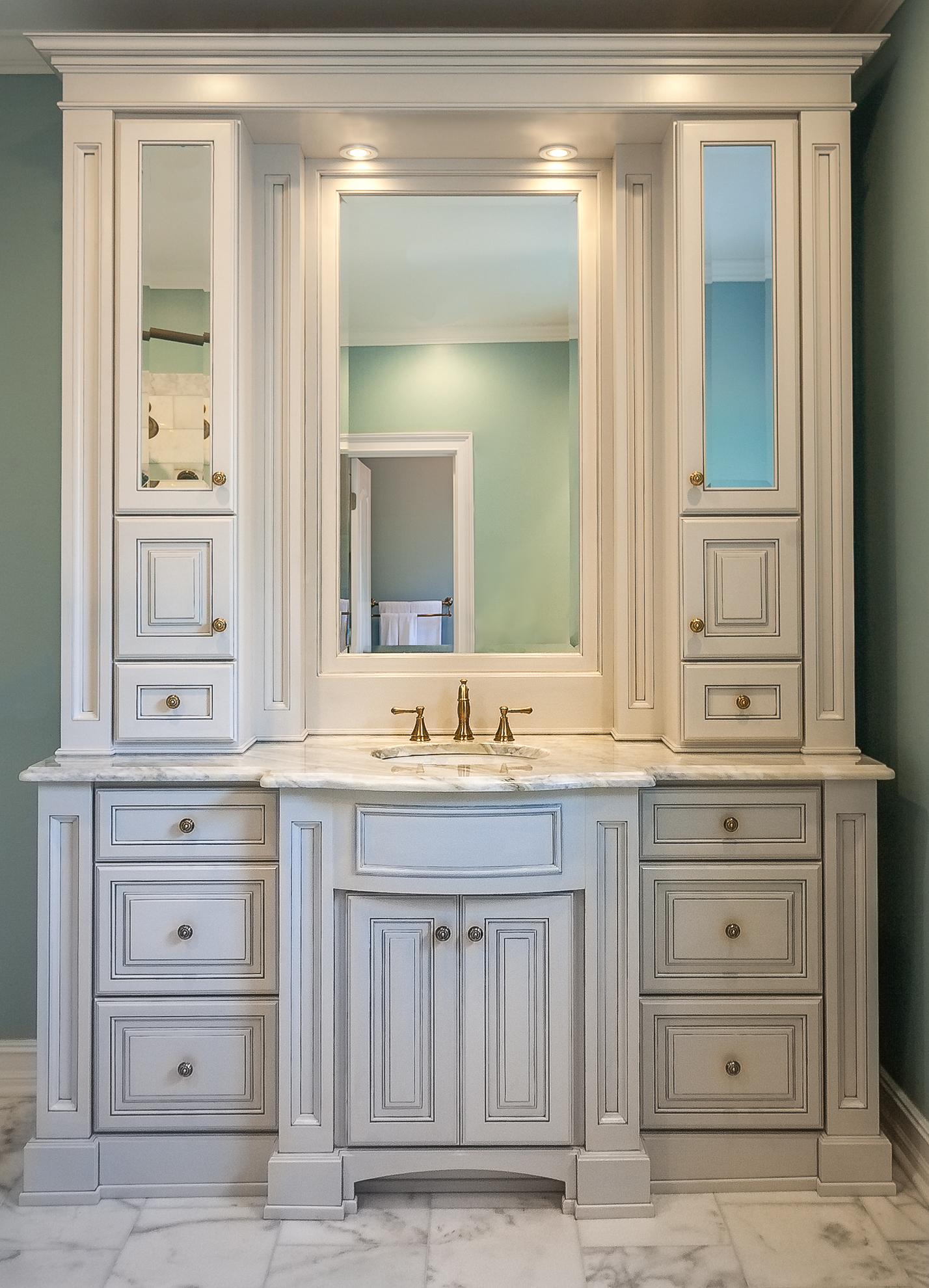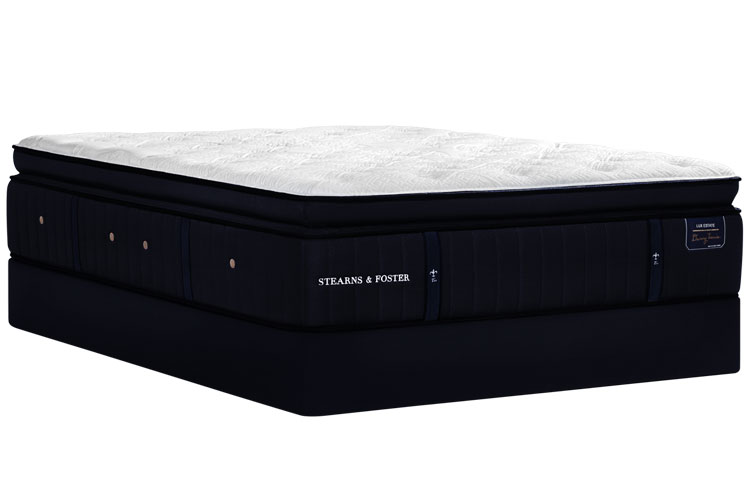1. Protect Your Bathroom Vanity: Tips to Prevent Paint from Washing Off
If you've recently painted your bathroom vanity, you want to ensure that your hard work lasts for years to come. Unfortunately, many homeowners have experienced the frustration of their bathroom vanity paint washing off or chipping away. Not only does this ruin the appearance of your vanity, but it also means having to spend time and money to fix the problem. To avoid this headache, here are some tips to protect your bathroom vanity paint from washing off.
2. The Culprits: What Causes Paint to Peel or Flake Off Bathroom Vanities?
Before we dive into prevention tips, it's important to understand why paint may be washing off your bathroom vanity in the first place. One of the main reasons is moisture. Bathrooms are high-moisture areas, and if your vanity is constantly exposed to steam and water, it can cause the paint to peel or flake off. Another culprit could be poor quality paint or improper prep work before painting.
3. Prep Work Matters: How to Properly Prepare Your Bathroom Vanity for Painting
The key to a long-lasting paint job on your bathroom vanity is proper preparation. This includes thoroughly cleaning the surface, sanding it to remove any imperfections, and using a primer before applying the paint. Don't skip these steps, as they are crucial in creating a strong bond between the paint and the vanity surface.
4. Choose the Right Type of Paint for Your Bathroom Vanity
When it comes to painting a bathroom vanity, not all paints are created equal. It's important to choose a paint that is specifically designed for high-moisture areas, such as a bathroom. Look for paints with a high gloss or semi-gloss finish, as these are more resistant to water and steam. You can also consider using a waterproof sealer on top of the paint for added protection.
5. Prevent Water Damage: Keep Your Vanity Dry
The best way to prevent water damage to your bathroom vanity paint is to keep it dry. After using the sink or shower, be sure to wipe down any excess moisture on the vanity surface. You can also consider installing a bathroom fan to help reduce humidity levels in the room.
6. Protect Your Vanity: Use a Protective Coating
If you want to add an extra layer of protection to your bathroom vanity paint, consider using a protective coating. This can be in the form of a clear sealant or polyurethane. Not only will this help prevent water damage, but it will also make your vanity more resistant to scratches and stains.
7. Don't Neglect Regular Maintenance and Repairs
Even with proper preparation and care, bathroom vanity paint may still chip or peel over time. This is especially true if you have an older vanity or the paint was not applied correctly. To prevent further damage, it's important to regularly inspect your vanity for any signs of paint damage and address it promptly. This may mean touching up small areas or repainting the entire vanity.
8. When in Doubt, Hire a Professional
If you're not confident in your painting skills or are dealing with a particularly difficult bathroom vanity, it's best to hire a professional. They have the experience and knowledge to properly prepare and paint your vanity, ensuring a long-lasting and high-quality finish.
9. Removing Old Paint: Tips for Stripping and Removing Paint from Bathroom Vanities
If your bathroom vanity already has peeling or chipping paint, you may need to strip off the old paint before applying a new coat. This can be a time-consuming and messy process, so it's important to follow proper safety precautions and use the right tools. You can also hire a professional to handle this task for you.
10. Conclusion: Protect Your Bathroom Vanity Paint for a Beautiful and Durable Finish
Painting your bathroom vanity is a cost-effective and easy way to update the look of your bathroom. However, to ensure a long-lasting and beautiful finish, it's important to properly prepare, choose the right type of paint, and regularly maintain and repair any damage. By following these tips, you can protect your bathroom vanity paint from washing off and enjoy a beautiful and durable vanity for years to come.
What Causes Paint to Wash Off on Bathroom Vanities?

The Importance of Proper Surface Preparation
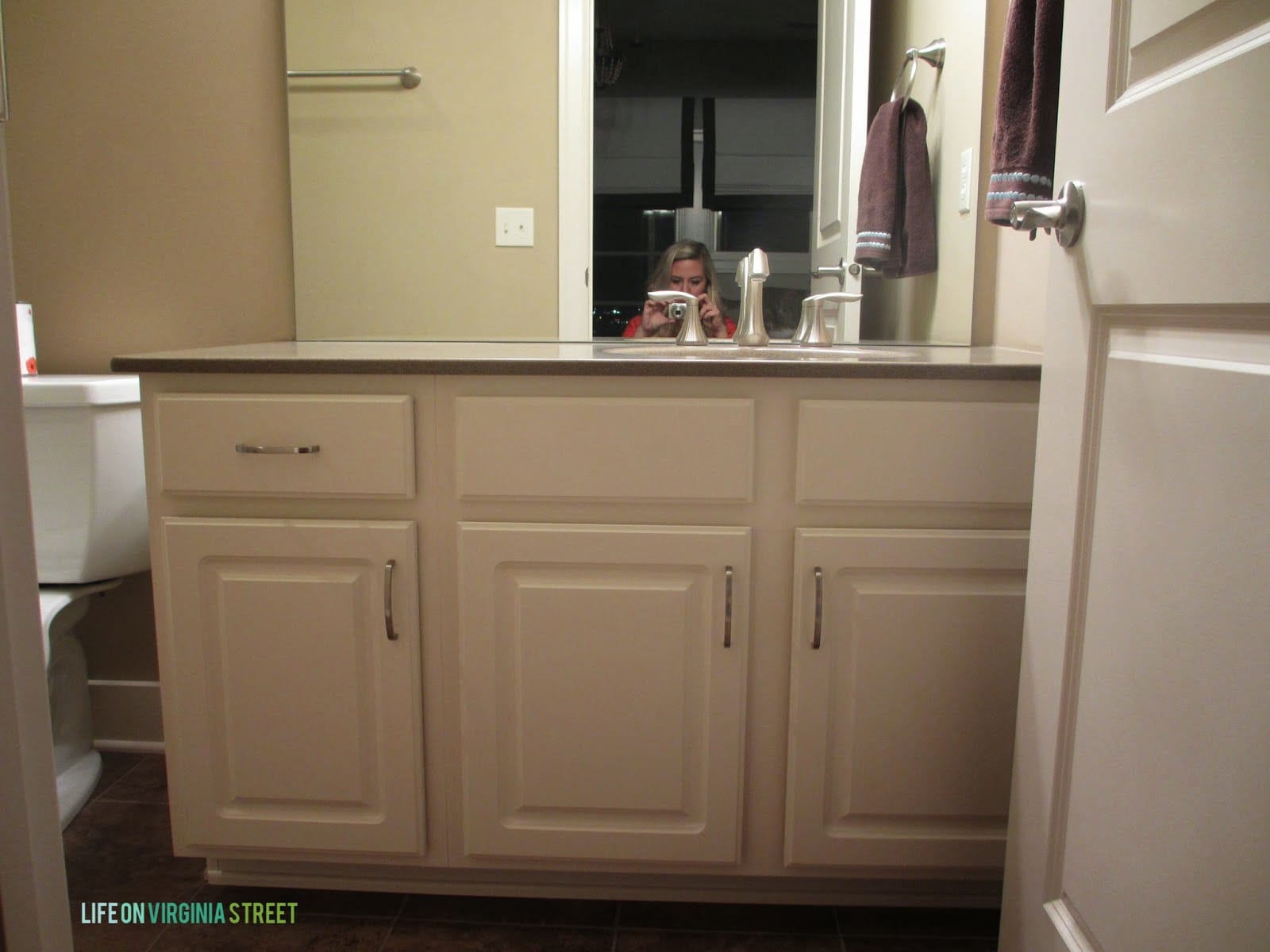 As homeowners, we all want our homes to look beautiful and well-maintained. This includes our bathrooms, which have become increasingly important spaces in our homes. However, it can be frustrating when we notice that the paint on our bathroom vanity is washing off. Not only does it look unsightly, but it also raises the question of what could be causing this problem. In most cases, the answer lies in improper surface preparation.
Surface preparation is a crucial step in any painting project, and it becomes even more important when it comes to bathroom vanities.
These surfaces are exposed to high levels of moisture, heat, and humidity, making them prone to paint issues. Therefore, it is essential to
thoroughly clean and dry the vanity surface before applying any paint.
This will ensure that the paint adheres properly and lasts longer.
As homeowners, we all want our homes to look beautiful and well-maintained. This includes our bathrooms, which have become increasingly important spaces in our homes. However, it can be frustrating when we notice that the paint on our bathroom vanity is washing off. Not only does it look unsightly, but it also raises the question of what could be causing this problem. In most cases, the answer lies in improper surface preparation.
Surface preparation is a crucial step in any painting project, and it becomes even more important when it comes to bathroom vanities.
These surfaces are exposed to high levels of moisture, heat, and humidity, making them prone to paint issues. Therefore, it is essential to
thoroughly clean and dry the vanity surface before applying any paint.
This will ensure that the paint adheres properly and lasts longer.
The Effects of Moisture and Humidity
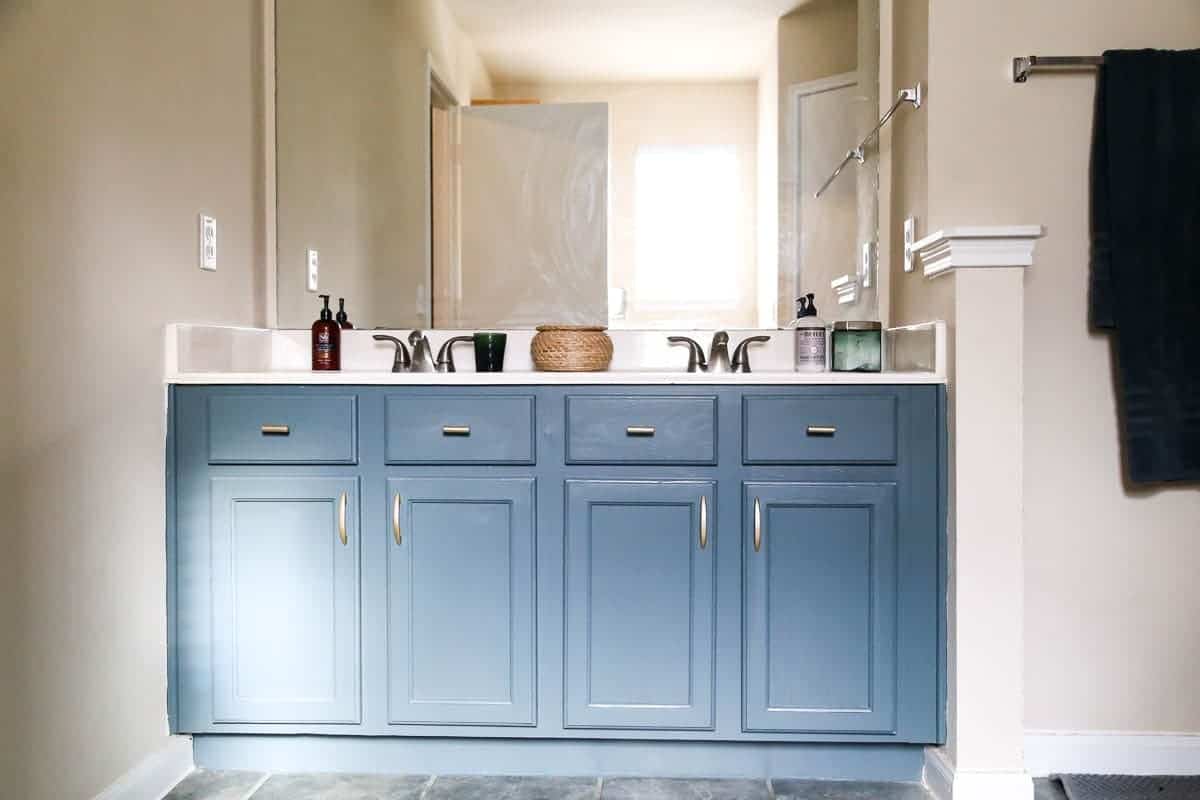 One of the main culprits for paint washing off on bathroom vanities is moisture and humidity. These elements can seep into the surface, causing the paint to bubble, crack, and peel off. This is especially true if the surface was not properly cleaned and dried before painting.
It is crucial to use a primer that is specifically designed for high-moisture areas like bathrooms.
This will create a barrier between the surface and the paint, preventing any moisture from seeping in and causing damage.
One of the main culprits for paint washing off on bathroom vanities is moisture and humidity. These elements can seep into the surface, causing the paint to bubble, crack, and peel off. This is especially true if the surface was not properly cleaned and dried before painting.
It is crucial to use a primer that is specifically designed for high-moisture areas like bathrooms.
This will create a barrier between the surface and the paint, preventing any moisture from seeping in and causing damage.
The Role of Quality Paint and Application Techniques
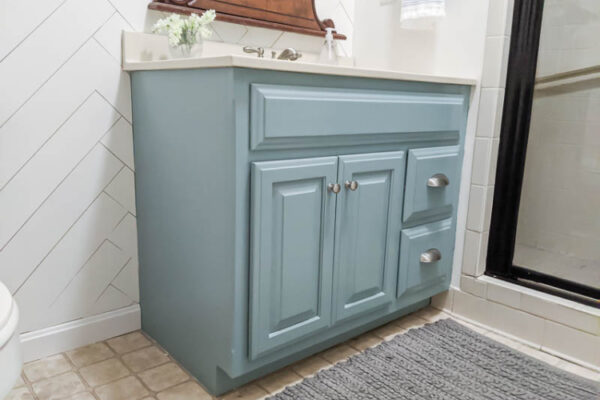 Using high-quality paint is also essential in preventing paint from washing off on bathroom vanities. Cheap and low-quality paints are more susceptible to moisture and humidity, and they may not adhere well to the surface.
Investing in a good quality paint will not only give you better results, but it will also save you money in the long run.
Additionally, proper application techniques, such as using thin and even coats, will also help the paint to adhere better and last longer.
Using high-quality paint is also essential in preventing paint from washing off on bathroom vanities. Cheap and low-quality paints are more susceptible to moisture and humidity, and they may not adhere well to the surface.
Investing in a good quality paint will not only give you better results, but it will also save you money in the long run.
Additionally, proper application techniques, such as using thin and even coats, will also help the paint to adhere better and last longer.
Conclusion
 In conclusion,
proper surface preparation, using the right primer and high-quality paint, and using proper application techniques are all crucial in preventing paint from washing off on bathroom vanities.
It is important to take the time and effort to prepare the surface correctly before painting to avoid any issues. With the right tools and techniques, you can have a beautiful and long-lasting paint job on your bathroom vanity.
In conclusion,
proper surface preparation, using the right primer and high-quality paint, and using proper application techniques are all crucial in preventing paint from washing off on bathroom vanities.
It is important to take the time and effort to prepare the surface correctly before painting to avoid any issues. With the right tools and techniques, you can have a beautiful and long-lasting paint job on your bathroom vanity.
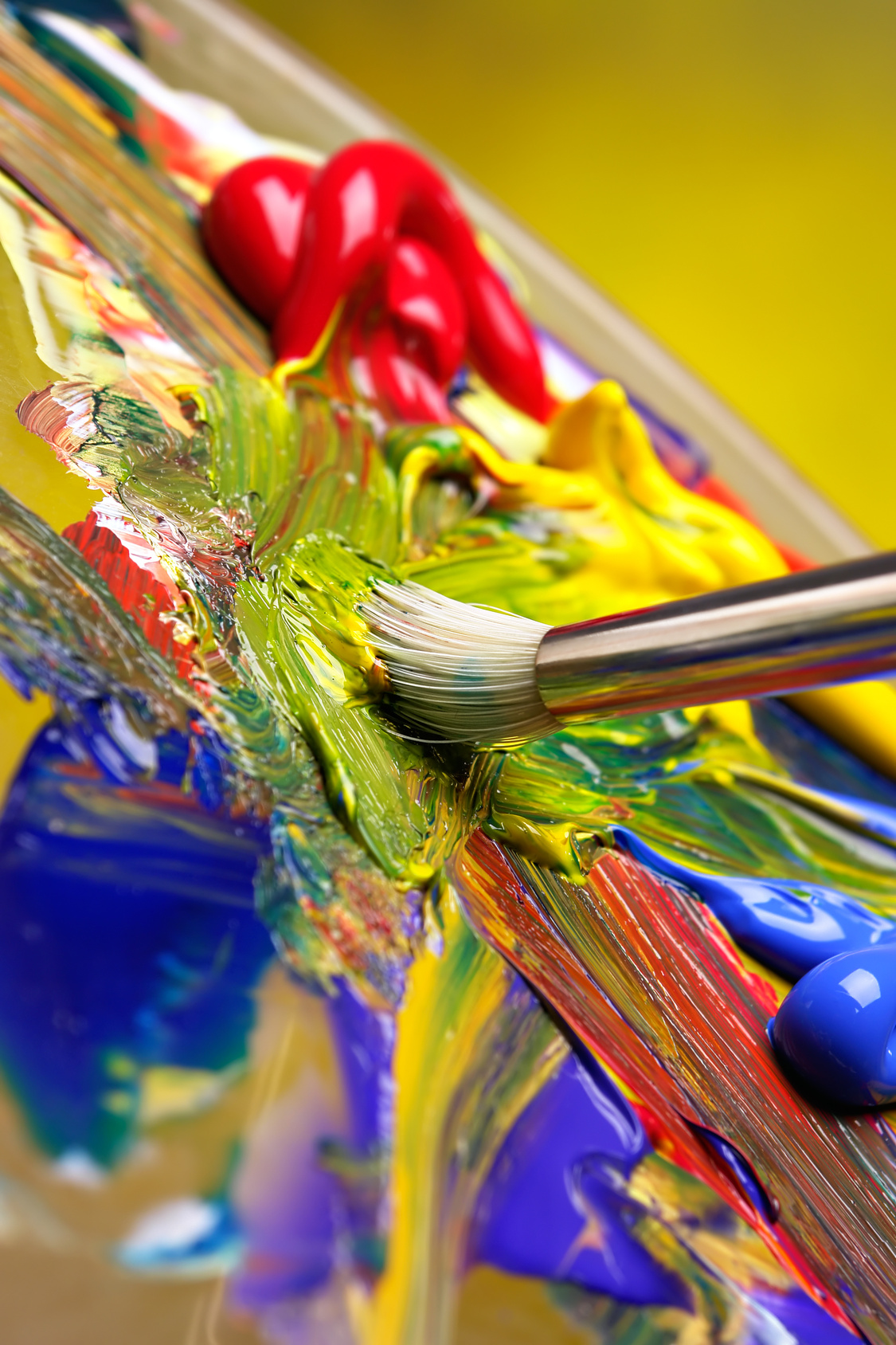
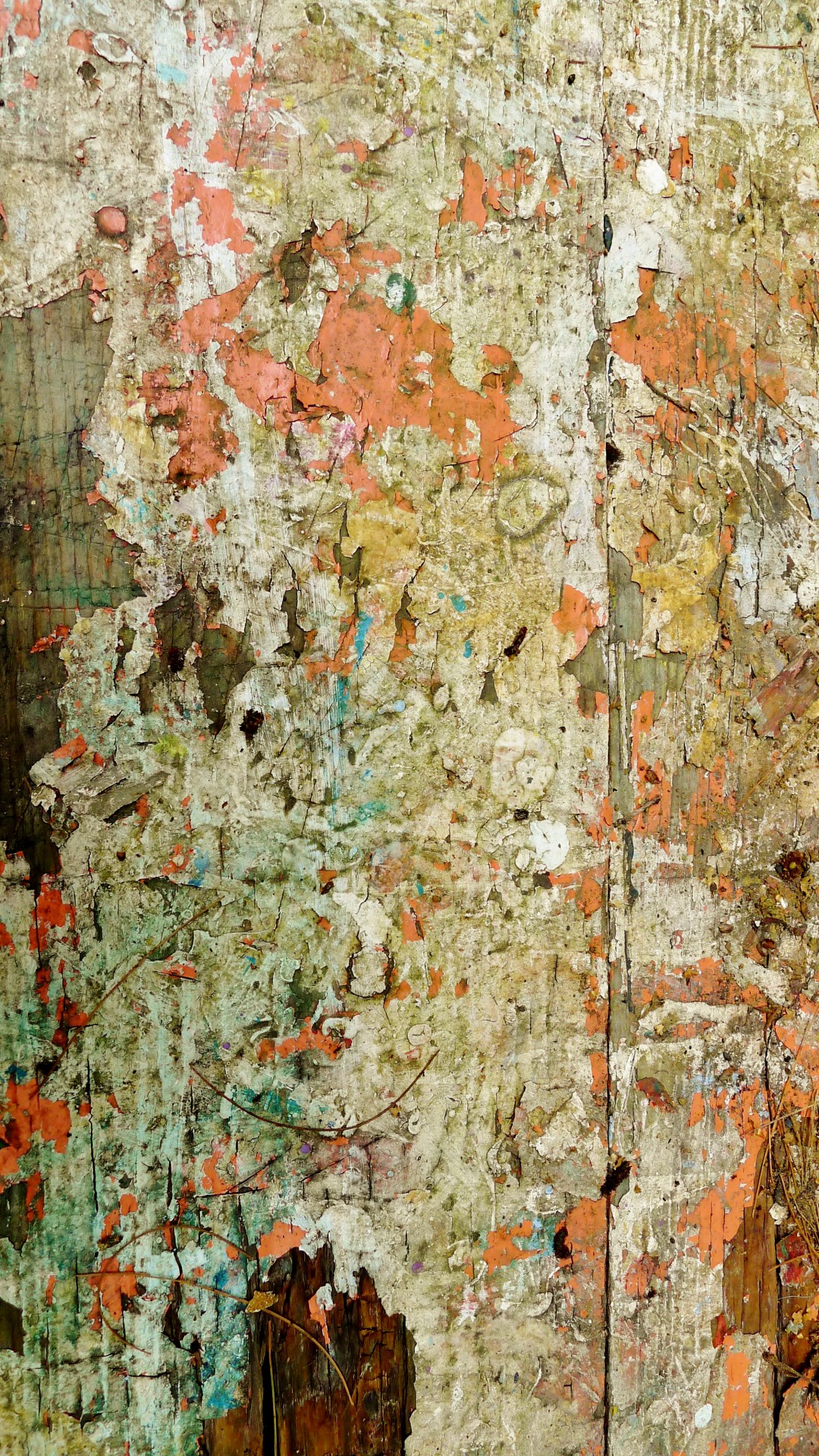

/full-frame-shot-of-colorful-acrylic-paints-562407475-59ff587b13f12900377226f1.jpg)
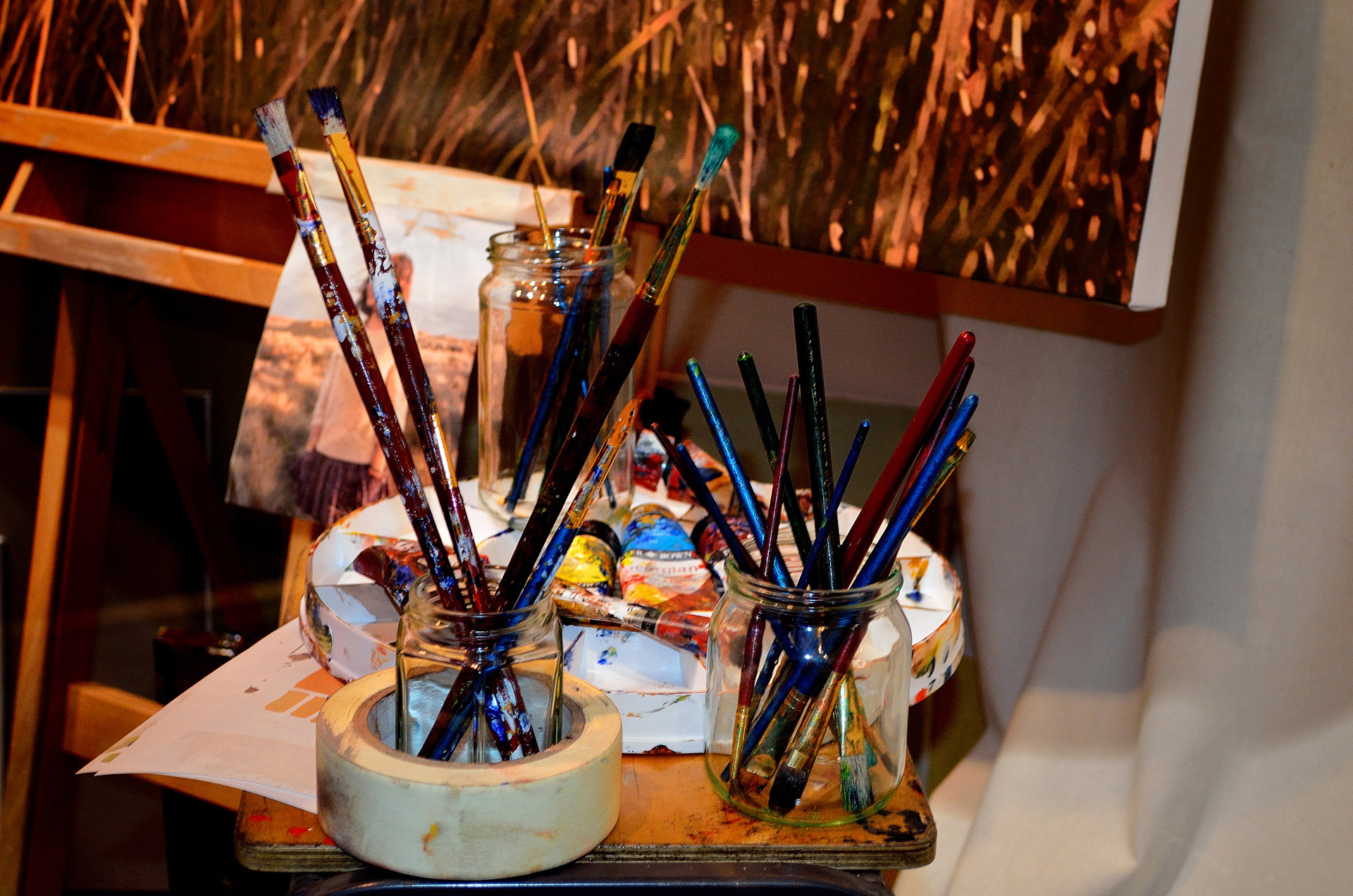


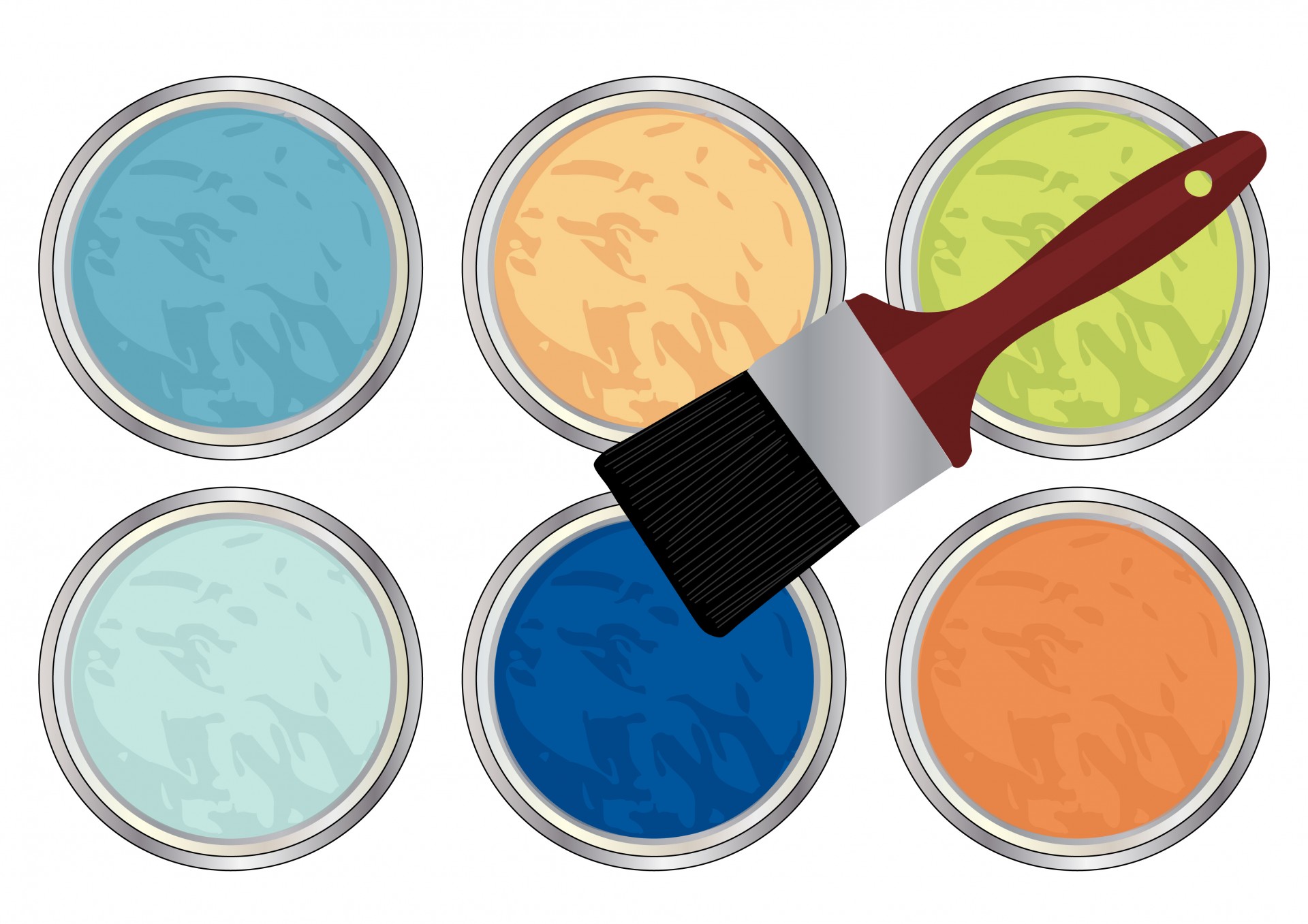



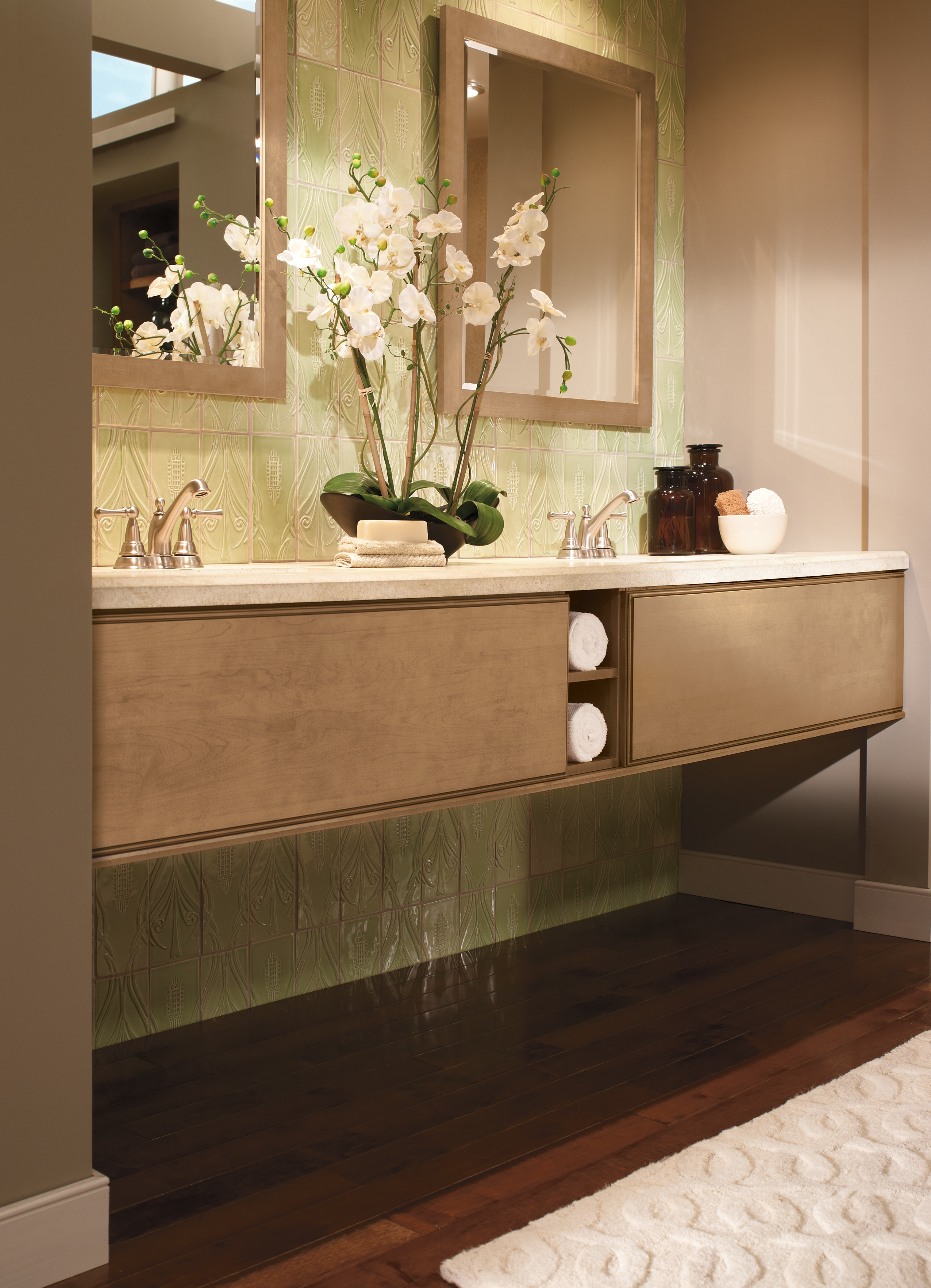

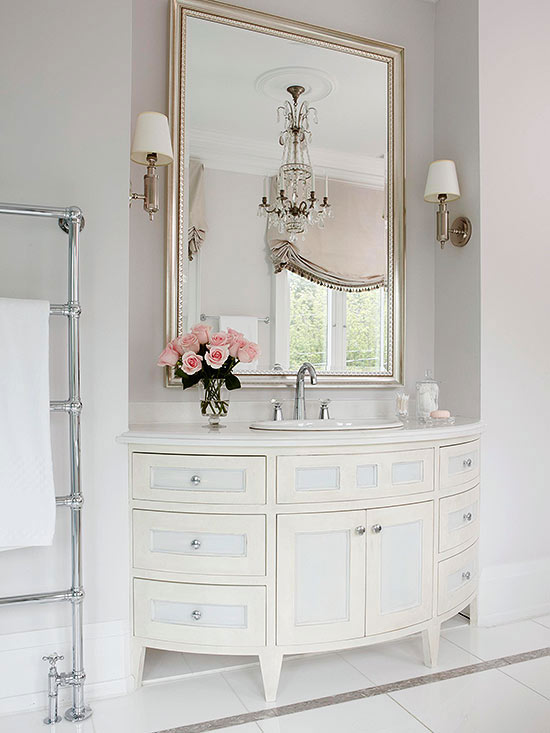
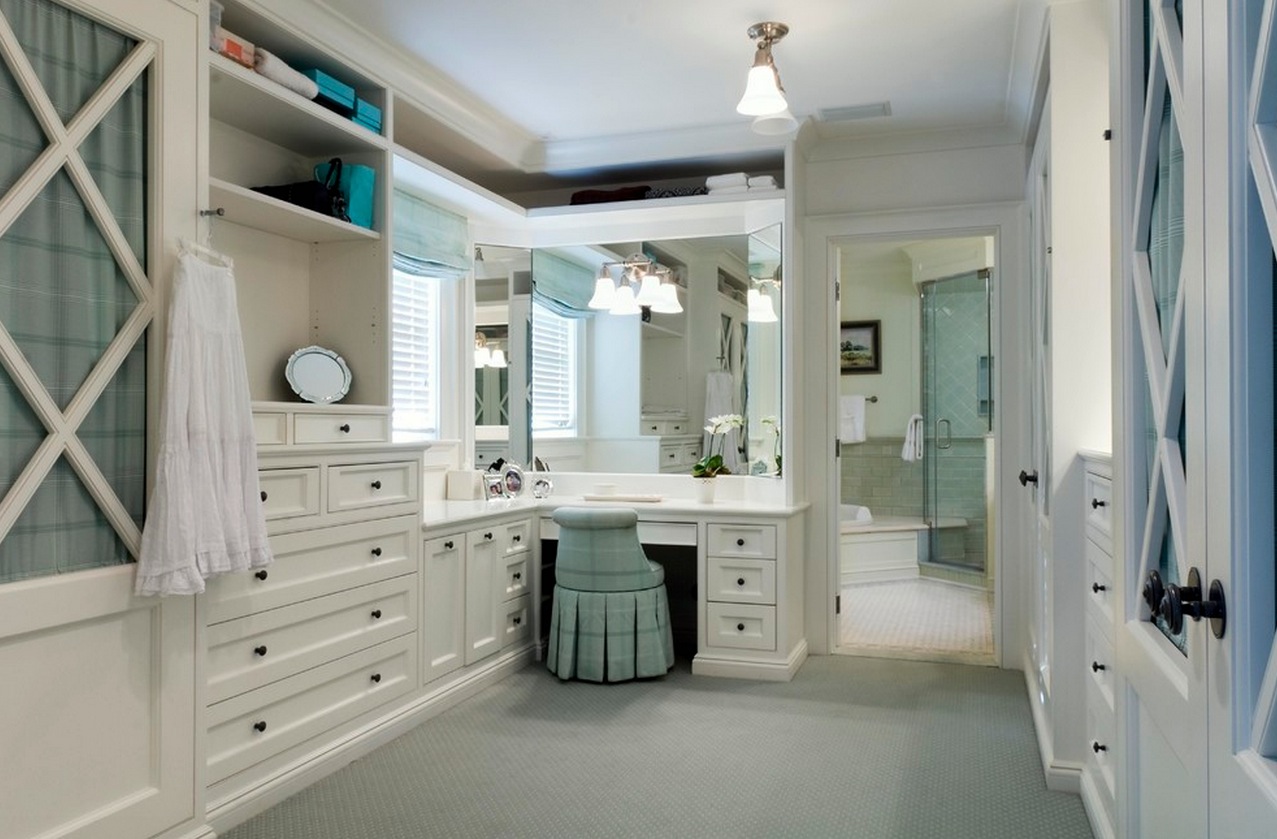
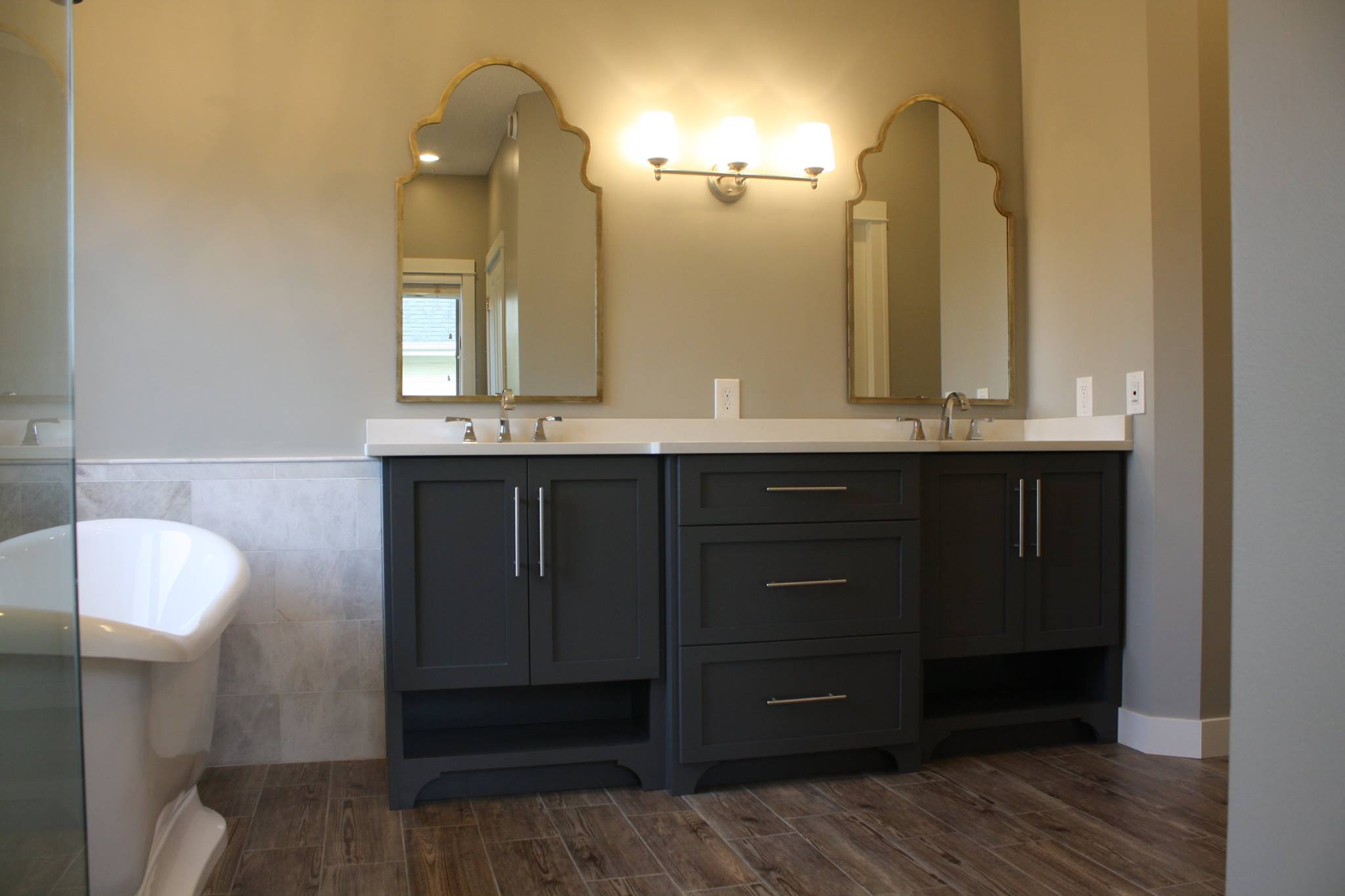



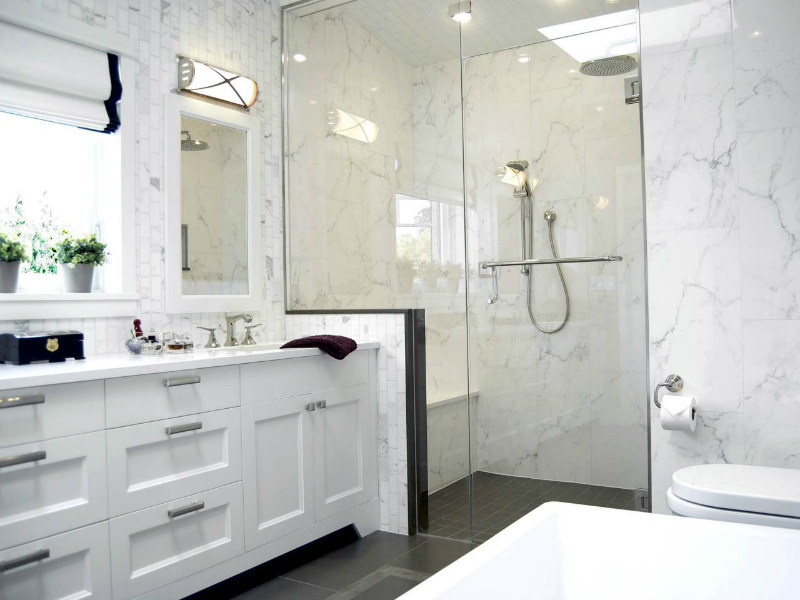



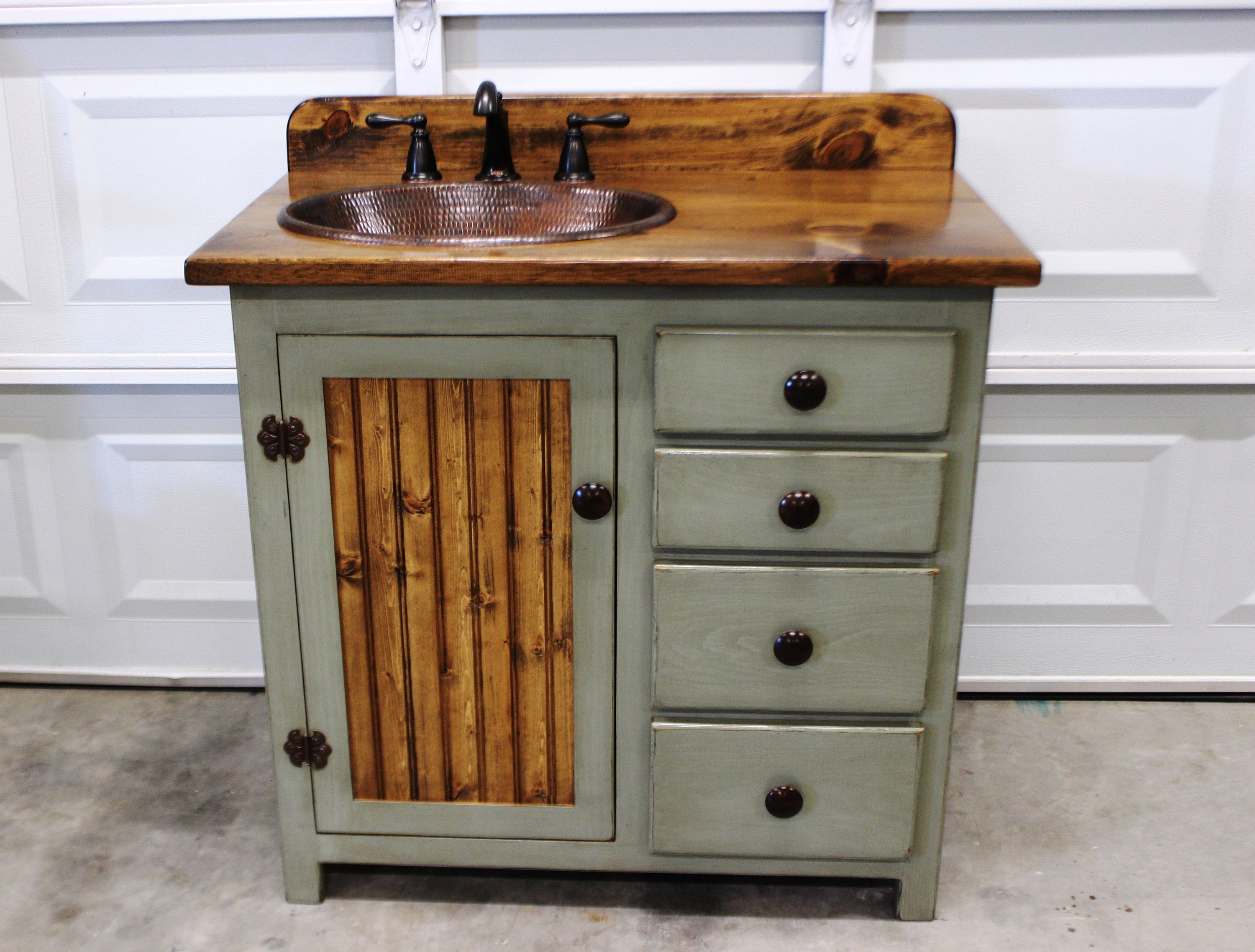



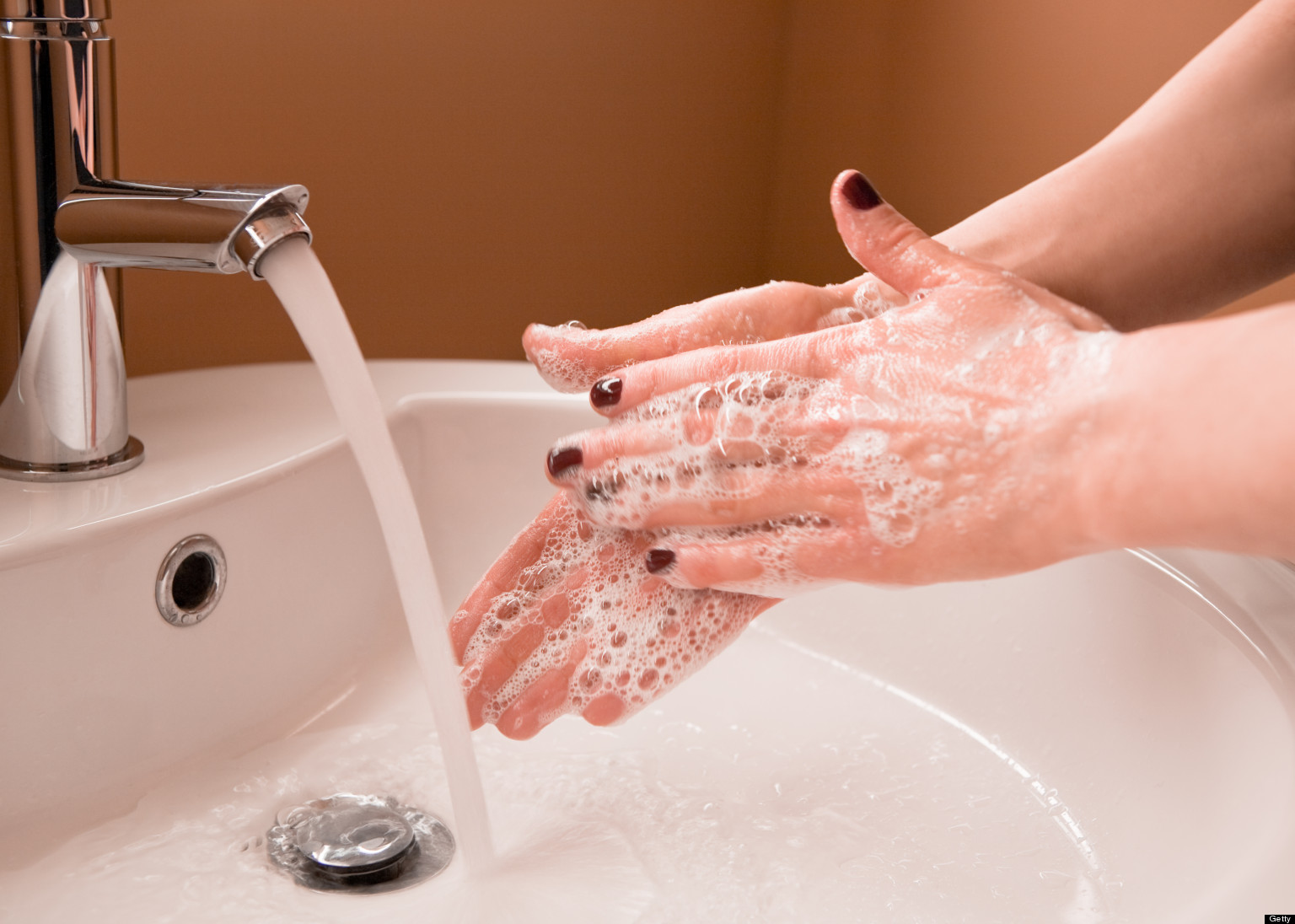

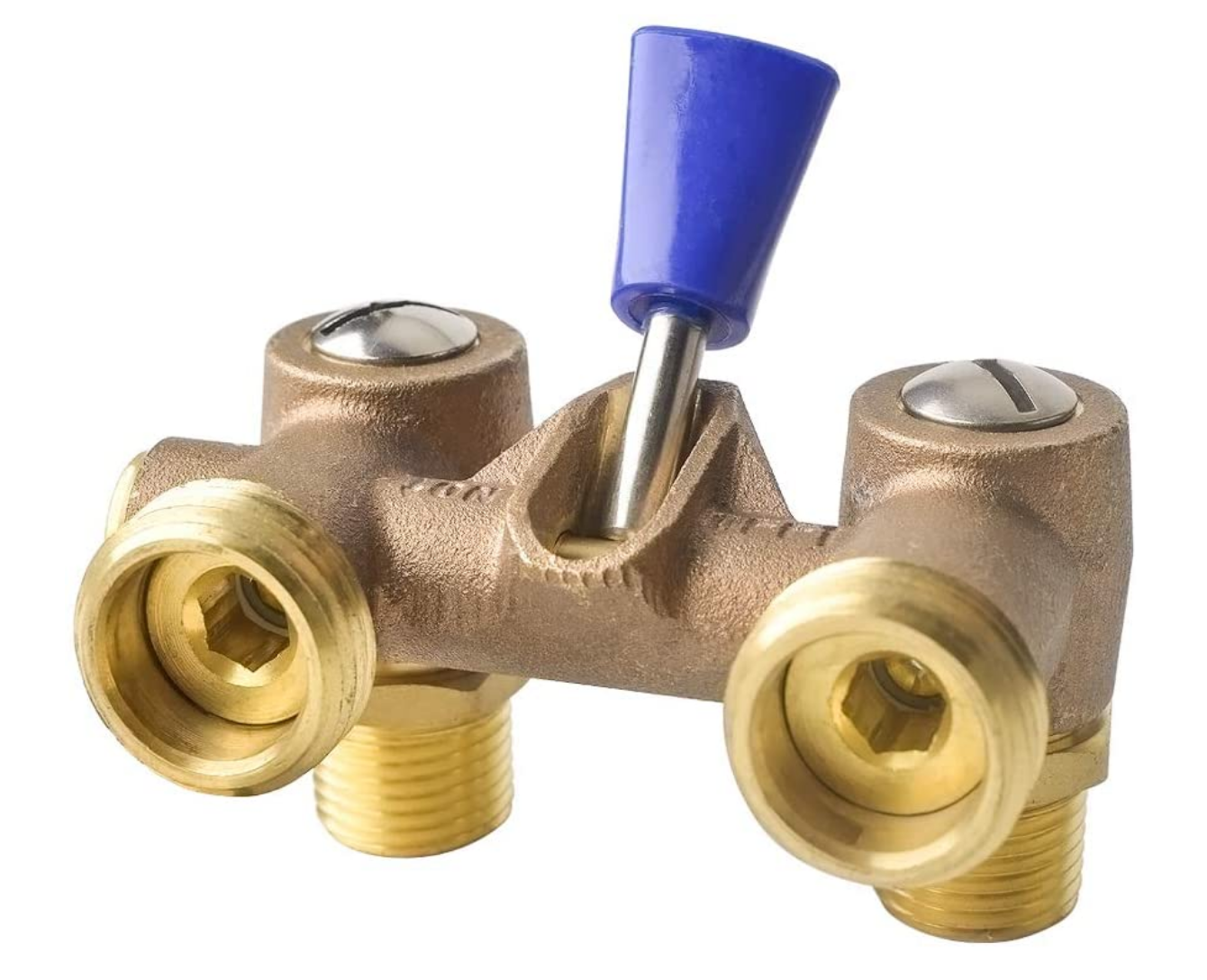

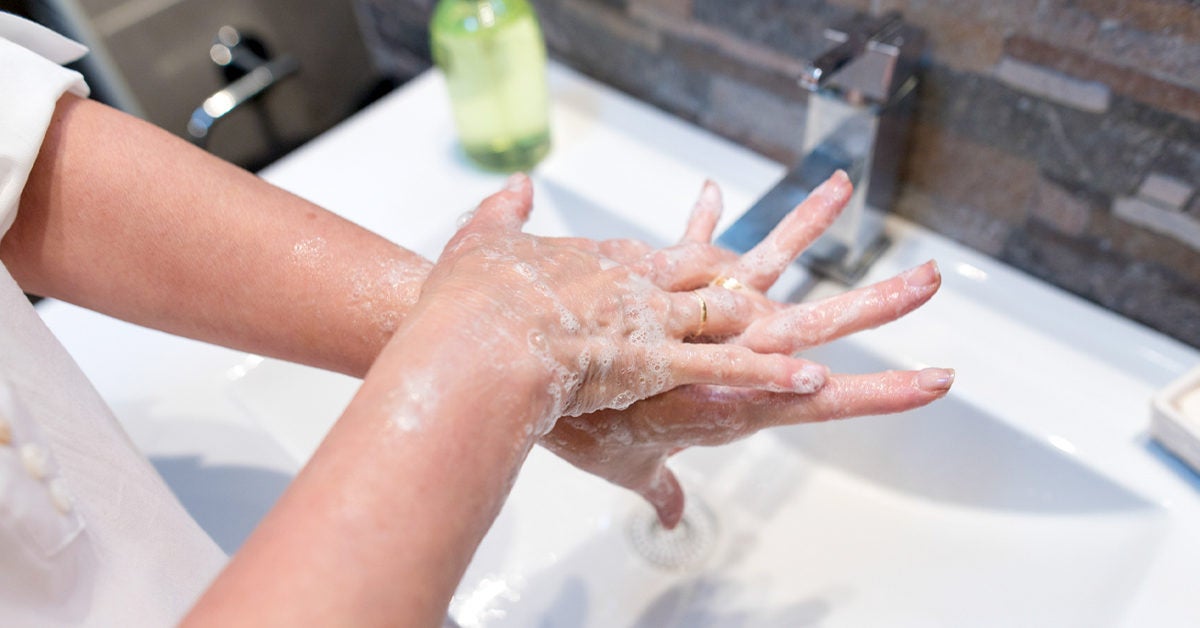





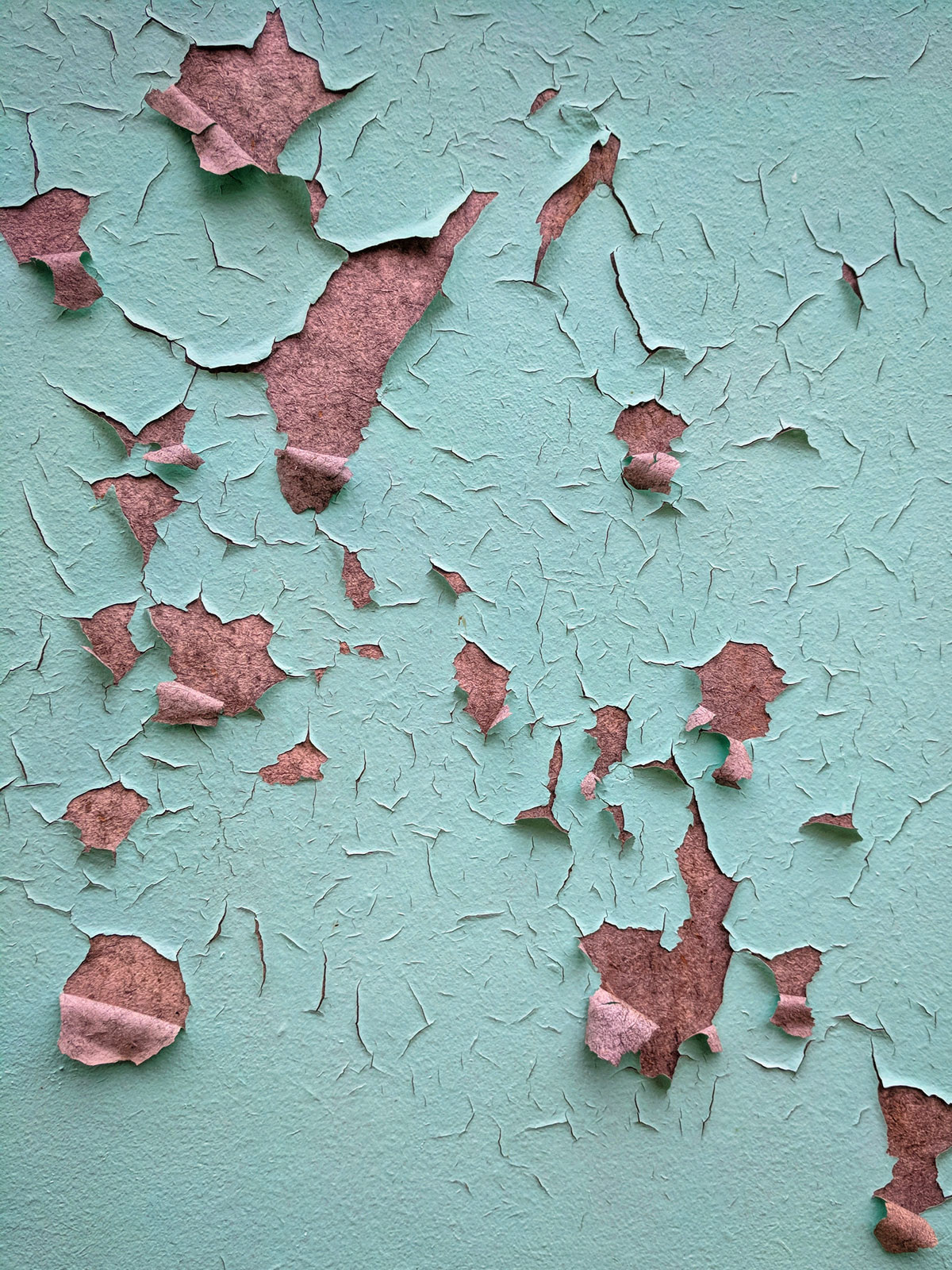
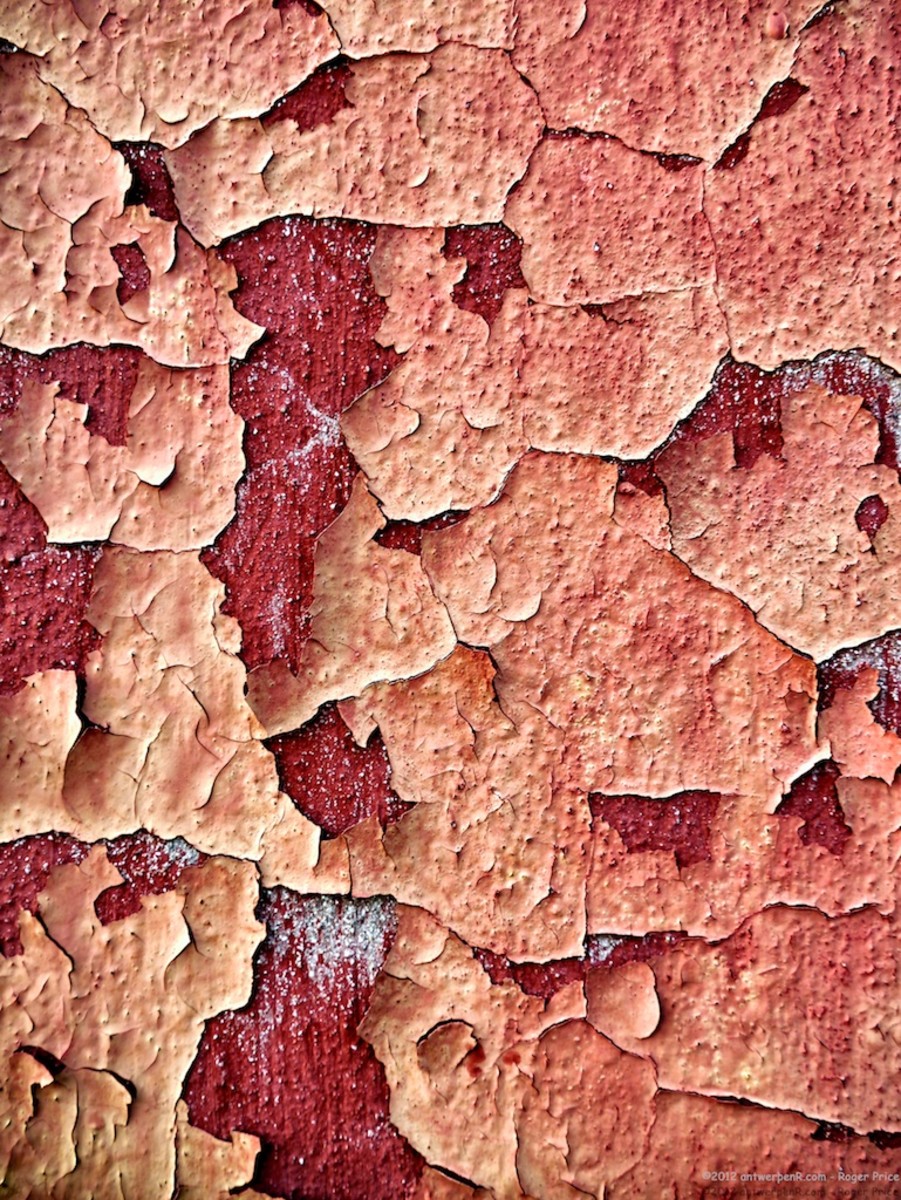

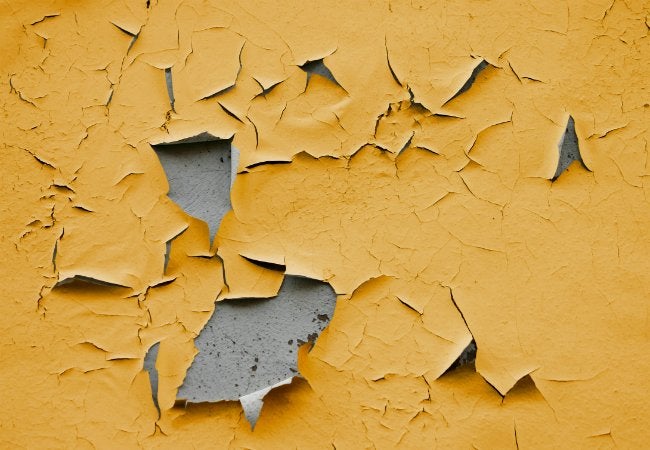

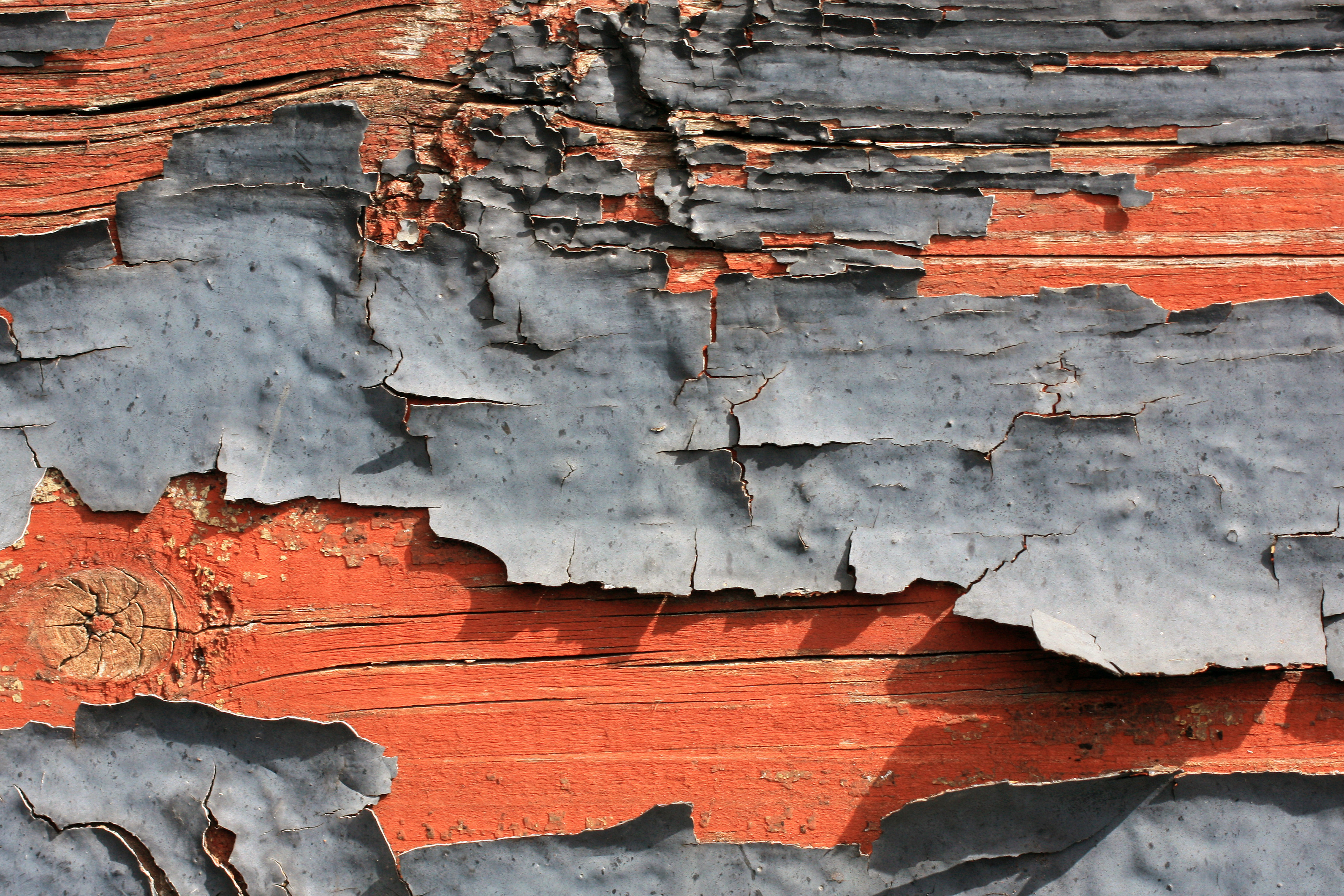



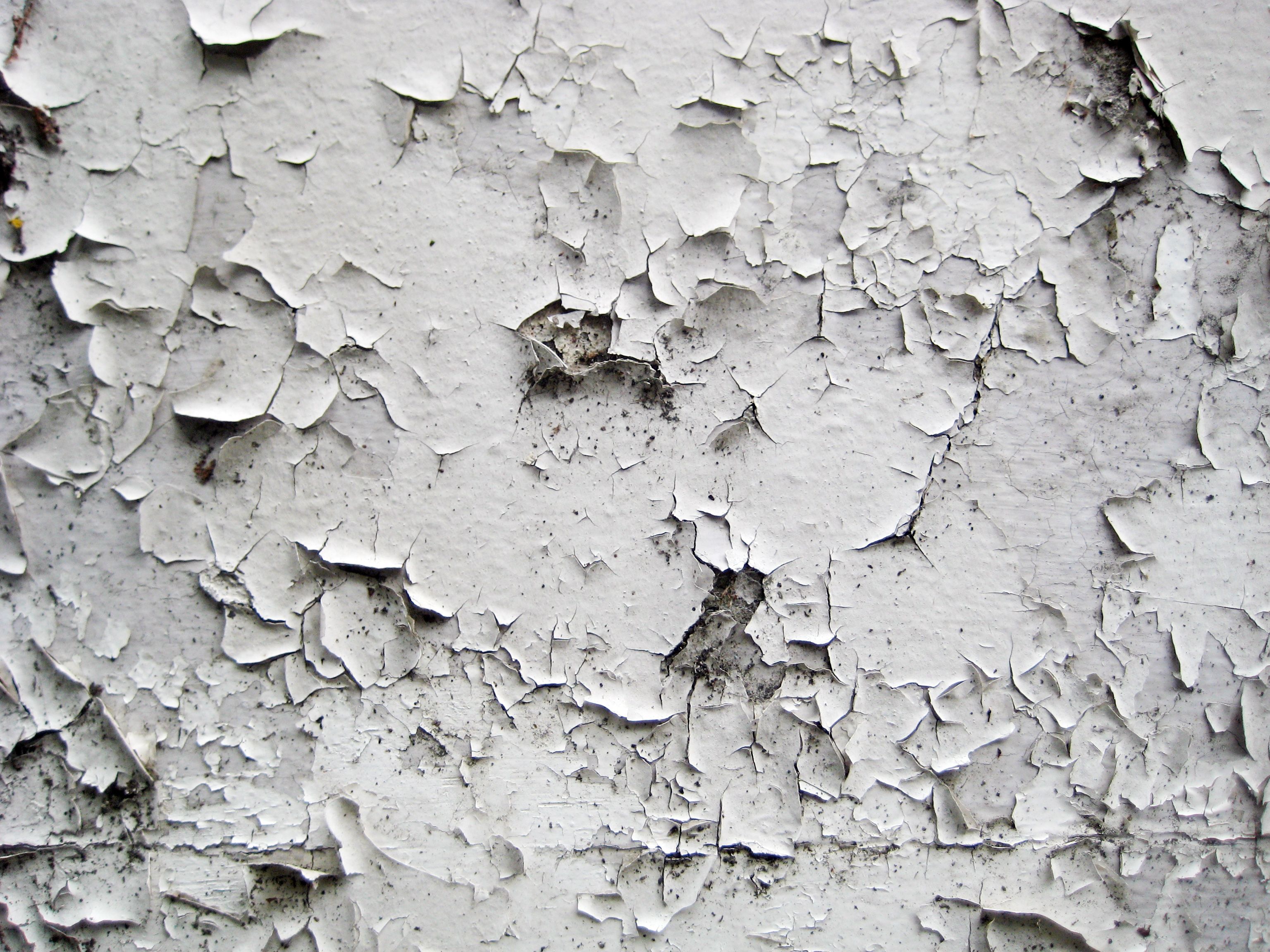
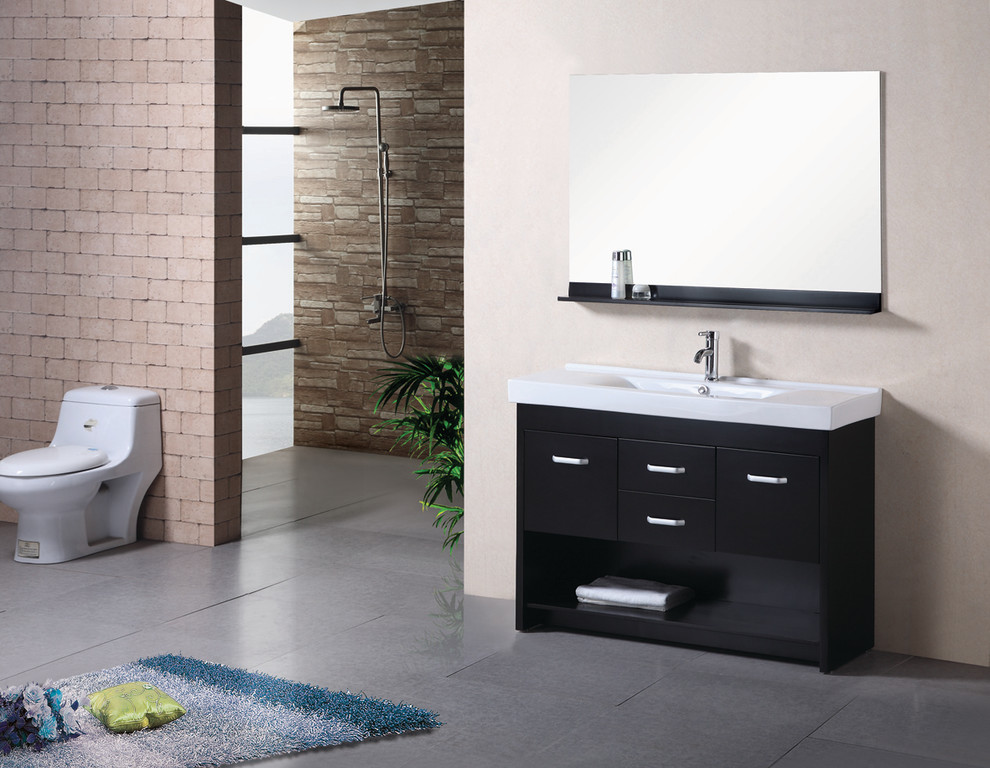


:max_bytes(150000):strip_icc()/close-up-of-woman-washing-hands-in-bathroom-sink--607041439-5a9017df8023b900370c7853.jpg)



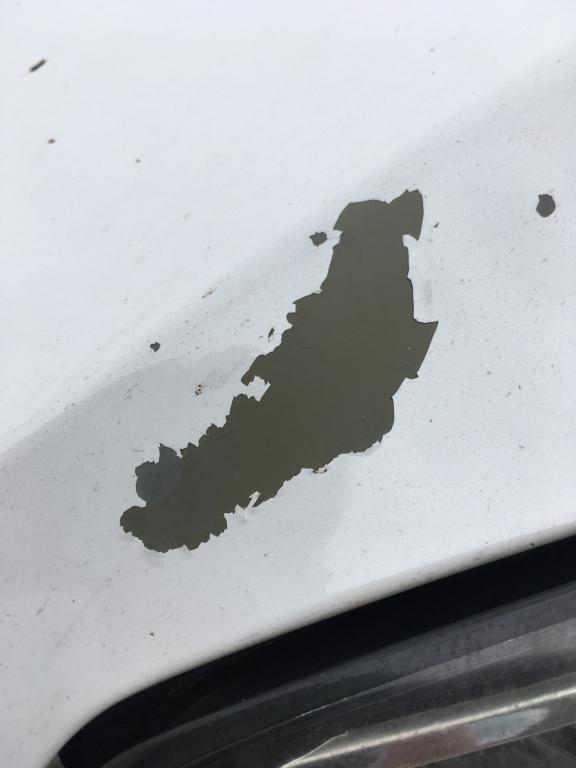

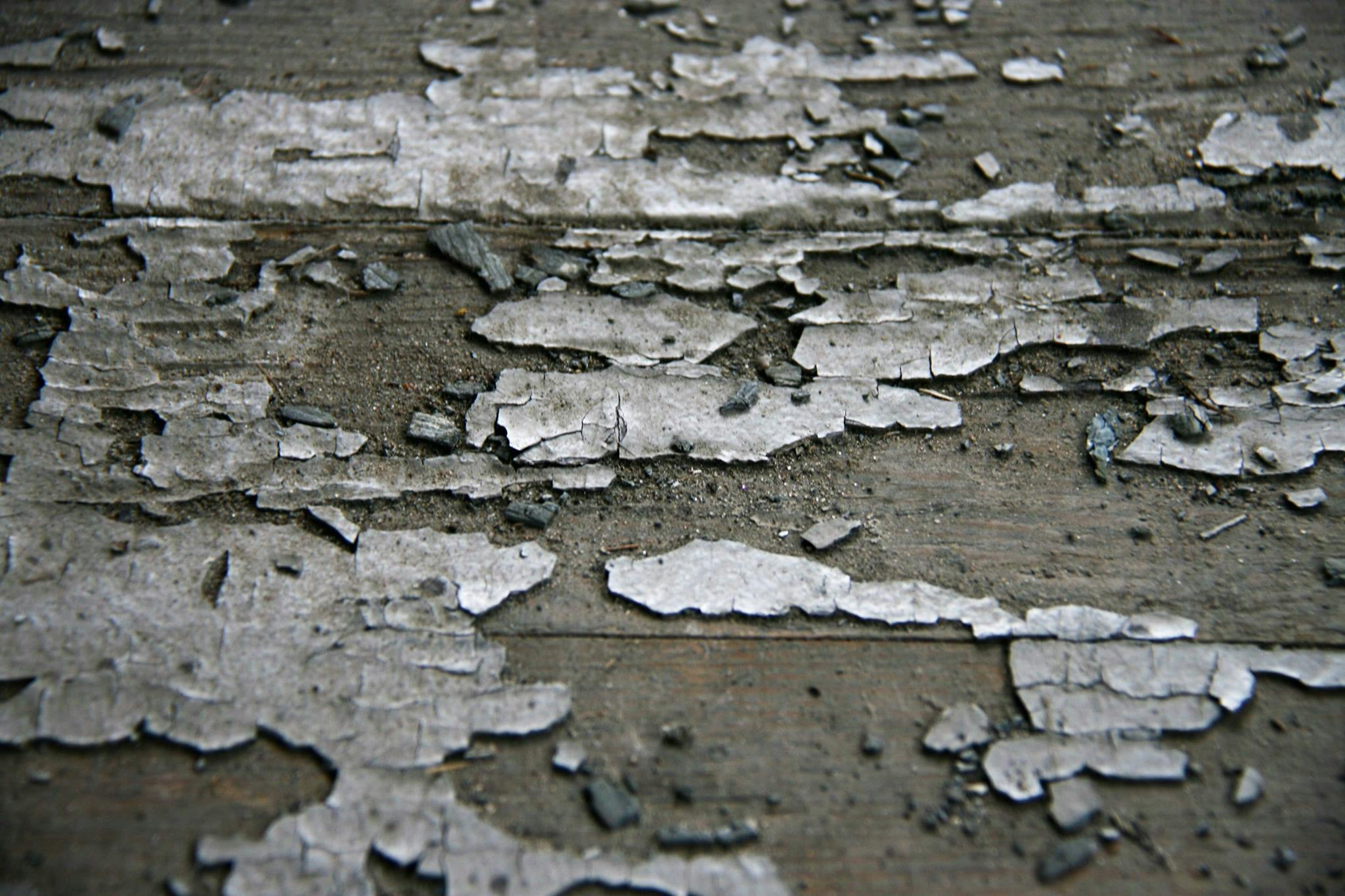
:max_bytes(150000):strip_icc()/scraping-before-paint-92264154-7d288005b33f476784972831c82eea43.jpg)

